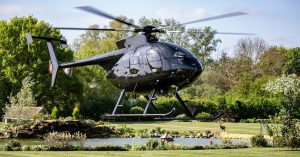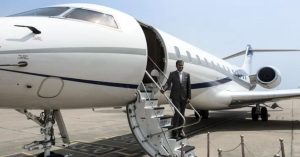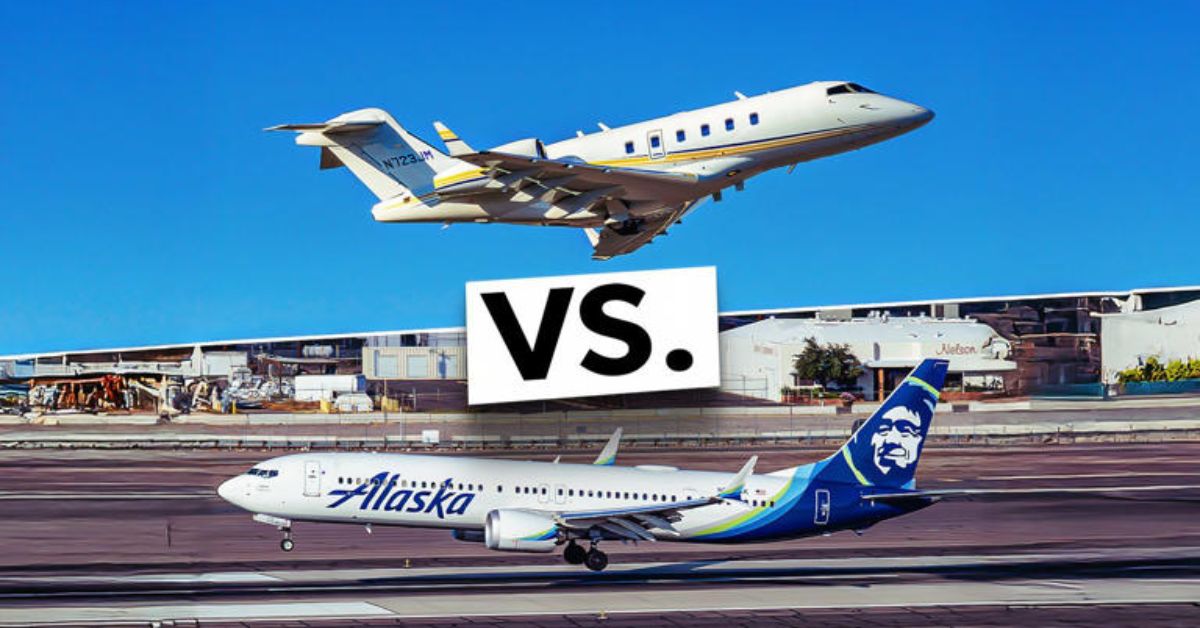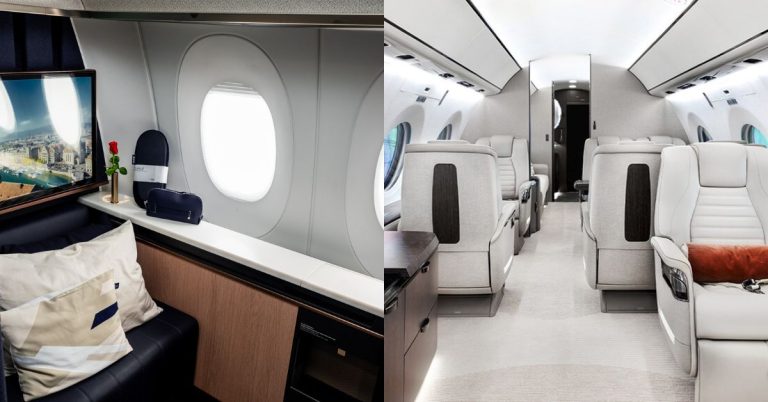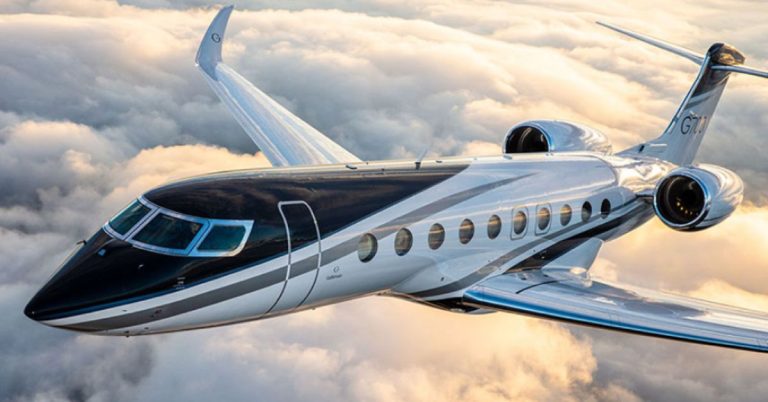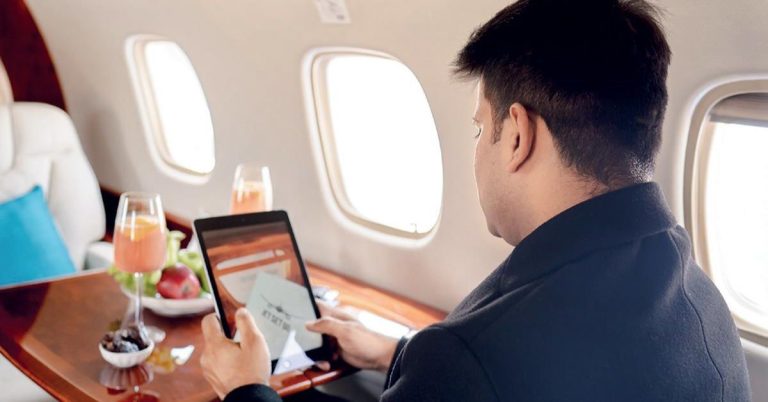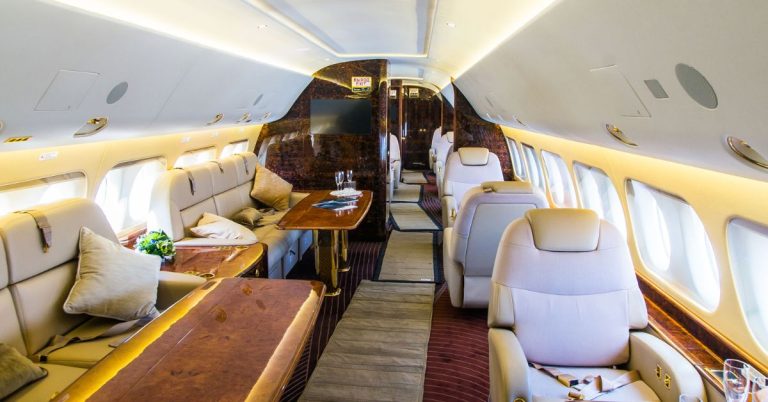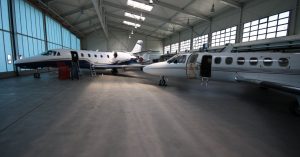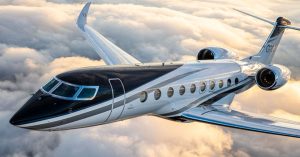Flying has long fascinated travelers — from the hustle of commercial airports to the sleek luxury of private jets. For those who have experienced both, there’s one question that often comes up: Are private jets faster than commercial jets? It’s a natural curiosity. After all, when you imagine private jet travel, speed is usually one of the first advantages that comes to mind, alongside comfort and convenience.
But is it really the case? Do private jets truly outpace their commercial counterparts in the sky? The answer isn’t as straightforward as you might think. It involves understanding how jets are designed, how they operate, and the many factors beyond just raw airspeed that determine how fast you get from point A to point B.
In this article, I’ll guide you through the fascinating world of aviation speed, sharing years of experience in private and business jets to give you an expert yet accessible perspective. Together, we’ll explore the true speed differences between private jets and commercial airliners — and why many travelers find that flying private often feels faster, even when the numbers say otherwise.
Whether you’re a frequent flyer, a business traveler, or simply curious about aviation, this deep dive will give you clarity on one of the most common questions in private jet travel: Are private jets faster than commercial jets?
Are Private Jets Faster than Commercial Jets?
One of the most common questions in aviation—and among travelers curious about private jet travel—is this: Are private jets faster than commercial jets? The straightforward answer is nuanced. While private jets often cruise at speeds comparable to commercial aircraft, their advantage usually lies in the overall travel experience, which can feel and be much faster.
Let’s unpack the factors that influence speed, how private and commercial jets differ, and why private jets often deliver a faster journey from start to finish.
Speed Comparisons: Private Jets vs. Commercial Jets
At the heart of this discussion is the comparison of cruise speeds—the speed at which an aircraft typically flies during the majority of its journey.
Commercial jets like the Boeing 737 and Airbus A320, staples of short- and medium-haul travel, generally cruise at speeds between 450 and 500 knots (knots measure nautical miles per hour, and 1 knot ≈ 1.15 mph). To put that in miles per hour, that’s roughly 515 to 575 mph.
Long-haul commercial aircraft, such as the Boeing 787 Dreamliner or Airbus A350, cruise slightly faster, around 510 to 560 knots (about 587 to 645 mph). These jets are designed for efficiency and passenger comfort on long flights, balancing speed with fuel economy.
On the private jet side, high-performance models like the Gulfstream G650 and Bombardier Global 7500 often cruise near 500 to 530 knots (approximately 575 to 610 mph), which matches or exceeds many commercial aircraft speeds. For a deeper dive into private jet speeds, here’s a detailed guide. The Gulfstream G650, for example, is known to cruise near Mach 0.85 to 0.90, putting it at the upper end of subsonic speeds available to commercial jets.
What Does This Mean in Real Flight?
From a purely technical standpoint, some private jets can indeed be as fast as or faster than commercial jets in the air. But speed isn’t just about the number on the airspeed indicator.
For example, commercial airlines have set flight routes, fixed schedules, and operate out of major airports, which are often congested. They follow strict air traffic control corridors for safety and efficiency, which may not be the most direct path between two points.
Private jets, on the other hand, offer the flexibility to fly more direct routes. They can often access smaller airports much closer to your actual start or end destination, cutting down on the ground travel time before and after the flight. If you’re curious about where people typically keep their private jets, this article explains it well.
Beyond Airspeed: Why Private Jets Feel Faster
Here’s where the true speed advantage of private jets reveals itself — it’s in total travel time rather than just cruise speed.
- Faster Boarding and Security: Commercial travelers must arrive well in advance for security checks and boarding. Private jet passengers typically arrive just minutes before takeoff and go through private terminals, skipping long lines.
- Minimal Taxiing Time: Major commercial airports experience heavy traffic on runways and taxiways, leading to long waits before takeoff or after landing. Private jets, using smaller airports or private terminals, often taxi directly to and from the runway without delay.
- Direct Flights Without Layovers: Many commercial routes involve layovers or connecting flights, adding hours to your journey. Private jets fly point-to-point with no stops, shaving significant time off long trips.
Real-World Example: New York to Miami
To illustrate, consider a trip from New York City to Miami, a popular route.
- Commercial flight: A typical commercial flight on a Boeing 737 takes about 3 hours in the air. However, add the time spent waiting in security lines, boarding, taxiing on busy runways, and possible delays, and the total door-to-door time can easily extend to 5 or more hours.
- Private jet: Flying the same route on a Gulfstream G650, the air time is similar, around 3 hours. But the ability to depart from smaller airports near Manhattan (such as Teterboro Airport) and land at private terminals closer to Miami’s business districts reduces ground time dramatically. With no security lines or boarding queues, the door-to-door time can drop to around 3 hours or less.
This is why many travelers say private jets are “faster,” even if the plane’s cruising speed isn’t drastically higher.
The Role of Aircraft Size and Design
Private jets are generally smaller and lighter than commercial airliners, which impacts how they fly. There are various types of private jets designed for different needs and ranges.
- Smaller size allows for quicker acceleration and climb to cruising altitude.
- More efficient aerodynamics and powerful engines in some models enable them to sustain higher cruising speeds.
- However, private jets have shorter ranges and smaller cabins, limiting the number of passengers and luggage compared to commercial jets. Besides business and leisure travel, private jets also serve a critical role in medical emergencies, offering some of the best air ambulance services available in India.
Commercial aircraft prioritize fuel efficiency and passenger capacity, which sometimes means sacrificing maximum speed for smoother rides and lower costs.

So, are private jets faster than commercial jets? The data shows that in pure airspeed, private jets can be just as fast — sometimes faster — than commercial airliners. But the real speed advantage comes from the flexibility, direct routing, and time saved on the ground.
For many travelers, the difference in total travel time is what truly matters. That’s why private jet travel is considered a game-changer for executives, celebrities, and anyone who values every minute. If you want to know who owns multiple private jets, check out this interesting list.
Understanding What Makes a Jet Fast?
To truly grasp whether private jets are faster than commercial jets, it helps to understand the fundamental factors that determine how fast any aircraft can fly. Speed in aviation isn’t just about how powerful an engine is or how sleek a plane looks—it’s a careful balance of physics, engineering, and operational choices.
The Science Behind Jet Speed
At the core, an aircraft’s speed depends on several key elements:
- Aerodynamics: How well the plane cuts through the air matters immensely. A more aerodynamic shape reduces drag (air resistance), allowing the jet to move faster with less effort. Private jets, often designed for speed and efficiency, tend to have sleek, streamlined bodies and wing designs optimized to minimize drag.
- Engine Power: The thrust produced by the jet engines propels the plane forward. Commercial airliners typically use large turbofan engines designed to provide steady, efficient power for long durations, while private jets may have smaller but highly powerful engines that enable rapid acceleration and higher cruising speeds.
- Weight and Size: Larger aircraft weigh more, and that impacts acceleration, climb rate, and cruising speed. Commercial jets are bigger to carry many passengers and luggage, while private jets are lighter and more compact, which can help with faster climbs and sometimes quicker speeds.
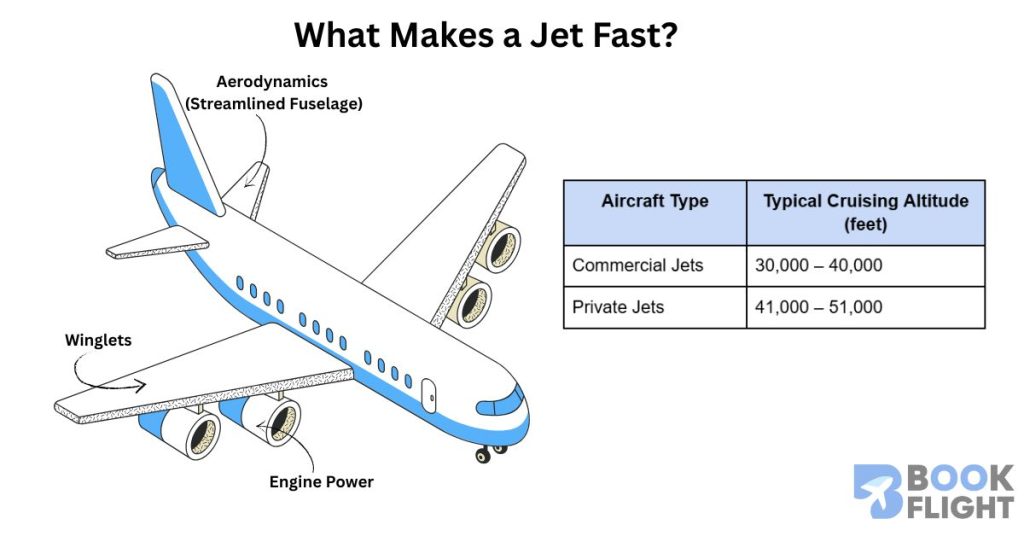
Cruise Speed vs. Maximum Speed
When we talk about speed, it’s important to distinguish between maximum speed and cruise speed:
- Maximum Speed is the highest speed an aircraft can safely achieve, usually for short bursts. Pushing a plane to its max speed consumes more fuel and increases wear and tear.
- Cruise Speed is the speed at which the plane typically flies during the main part of the journey. This speed balances efficiency, safety, comfort, and fuel economy.
Private jets often have higher maximum speeds than commercial jets, but both tend to cruise at speeds that optimize fuel usage and passenger comfort.
The Role of Altitude
Altitude plays a crucial role in speed and efficiency. Jets generally fly between 30,000 and 45,000 feet because the thinner air at these heights reduces drag, allowing for faster and more efficient travel.
Private jets often fly higher than commercial planes—sometimes reaching altitudes above 50,000 feet. The thinner atmosphere there means less air resistance, which can translate into slightly higher true airspeeds. Plus, flying higher helps private jets avoid commercial traffic and weather disturbances, which can further improve flight times.
Explaining Mach Number and Knots
For anyone not steeped in aviation, speed is often measured in:
- Knots: One knot equals one nautical mile per hour (about 1.15 mph). It’s the standard speed unit in aviation.
- Mach Number: This is a ratio of the aircraft’s speed to the speed of sound. Mach 1 is the speed of sound (around 767 mph at sea level). Commercial and private jets fly at subsonic speeds (below Mach 1), often between Mach 0.7 and 0.9.
Understanding these helps clarify statements like “The Gulfstream G650 cruises at Mach 0.85,” meaning it flies at 85% the speed of sound.
How Design Influences Speed
Private jets, especially those designed for business aviation, are built to maximize speed and range. Manufacturers use cutting-edge materials like carbon composites to reduce weight without sacrificing strength. Winglets—upturned extensions at the wing tips—reduce vortex drag and improve aerodynamic efficiency.
Commercial aircraft balance these design priorities with capacity and fuel efficiency. For airlines, carrying more passengers economically often takes precedence over pushing maximum speed.
The Real Speed Advantage: Beyond Airspeed
When we ask, “Are private jets faster than commercial jets?”, many immediately think about the numbers on the speedometer — knots and miles per hour. But in the world of aviation, speed is about much more than just how fast the plane flies in the sky. The real advantage of private jets often lies beyond pure airspeed: it’s the overall time saved during the entire travel experience.
The Ground Game: Time Savings Before Takeoff
One of the most overlooked factors is how much time you spend on the ground before your plane even leaves the runway. Commercial flights require passengers to arrive at the airport well in advance — sometimes two hours or more for domestic flights, and even longer for international travel. This time is spent navigating long security lines, checking baggage, and waiting at crowded gates.
Private jet passengers enjoy a radically different experience. They arrive at private terminals—sometimes called Fixed Base Operators (FBOs)—just minutes before departure. These terminals are quiet, exclusive, and designed for efficiency. There’s no need to wait in long lines, and baggage handling is often immediate and personalized. This alone can save hours.
Skip the Crowds and the Delays
Commercial airports are busy hubs with many flights competing for takeoff and landing slots. This can cause delays on the taxiways and runways, sometimes forcing planes to wait for clearance. Private jets operate from less crowded airports or private terminals within major airports, allowing them to avoid these bottlenecks.
As a result, private jets spend significantly less time taxiing. This reduction in ground delay contributes directly to a faster overall trip, even if the cruising speed in the air is similar to a commercial jet.
Flexibility to Fly Direct
Unlike commercial flights that often follow fixed routes and schedules, private jets offer unparalleled flexibility in flight planning. They can take the most direct route possible, adjusting their flight path to avoid weather, traffic, or restricted airspace. This means fewer miles flown and less time spent en route.
For instance, if a commercial flight requires a layover or connecting flight to reach your destination, a private jet can typically fly non-stop, cutting hours off your journey.
Door-to-Door Travel Time Matters Most
When you factor in all of these advantages—quick boarding, fewer delays, direct routing—the total door-to-door travel time with a private jet can be dramatically shorter than commercial travel.
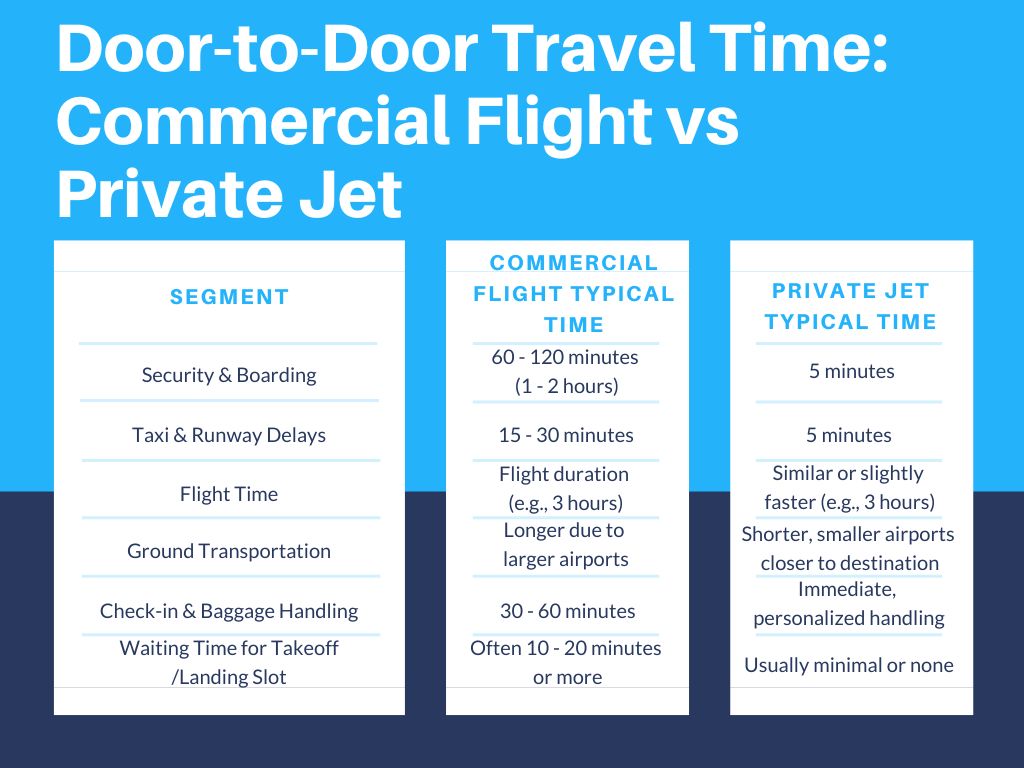
This time-saving benefit is why many executives and VIP travelers prefer private aviation, especially on tight schedules where every minute counts. The true speed advantage of private jets isn’t just the aircraft’s airspeed—it’s how they transform the entire travel experience from start to finish.
Technical Limits and Safety Considerations
While private jets often offer speed advantages, it’s important to understand the technical and safety limits that influence how fast any jet—private or commercial—can fly. Aviation is a world built on precision, strict regulations, and a delicate balance between speed, safety, and efficiency.
Why Private Jets Don’t Always Fly at Maximum Speed
Though private jets can reach impressive top speeds, pilots rarely push them to the absolute maximum for every flight. Flying at maximum speed burns significantly more fuel, increasing operating costs and reducing range. Instead, private jets usually cruise at an optimal speed that balances fuel efficiency and travel time.
Commercial jets operate under similar principles but often prioritize fuel economy even more because of the scale of passengers and flights they handle. Efficient cruising speeds help airlines keep ticket prices competitive while ensuring safety and comfort.
Air Traffic Control and Speed Regulations
No jet flies in isolation. All aircraft must comply with air traffic control (ATC) regulations designed to ensure safe distances between planes and orderly traffic flow. These rules sometimes require aircraft to maintain specific speeds or altitudes to avoid conflicts with other traffic.
Private jets enjoy some flexibility in routing but still operate within the same airspace regulations as commercial flights. Air traffic controllers may impose speed restrictions during busy periods or in certain airspace sectors to maintain safety.
Safety Comes First
Speed must always be balanced with safety. Factors such as weather conditions, turbulence, and aircraft weight affect the speeds pilots choose. Flying too fast in adverse weather or during complex approaches can be dangerous.
Both private and commercial pilots receive rigorous training to manage these variables expertly. Safety protocols ensure that speed is never compromised for convenience.
Why Commercial Jets Prioritize Fuel Efficiency Over Top Speed
Commercial airlines fly large aircraft with many passengers, and fuel costs are a major expense. By flying slightly slower than maximum speeds, airlines optimize fuel consumption and reduce environmental impact.
This operational choice means commercial jets might cruise a bit slower than their private jet counterparts, but the savings help keep flights affordable for millions.
The Future of Jet Speed: Innovations and Trends
The aviation world is constantly evolving, and the quest for speed is no exception. While today’s private and commercial jets operate at impressive subsonic speeds, exciting innovations promise to reshape what “fast” means in the near future.
Supersonic Travel Is Making a Comeback
For decades, supersonic travel seemed relegated to history books after the Concorde retired in 2003. But now, new companies are developing next-generation supersonic jets designed to offer private and commercial passengers dramatically reduced flight times.
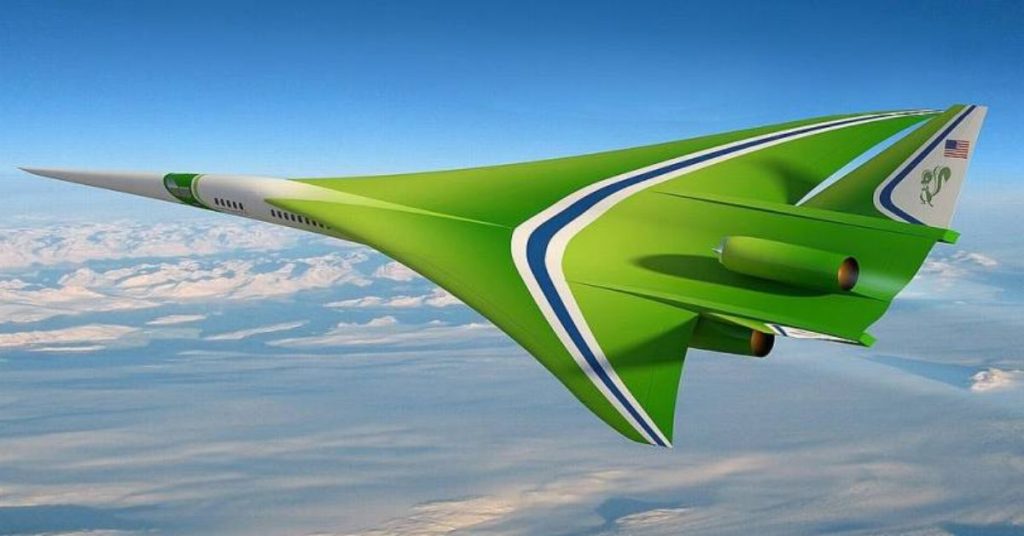
Companies like Boom Supersonic and Aerion Supersonic aim to produce aircraft capable of cruising at speeds exceeding Mach 1.7 — nearly twice the speed of today’s fastest jets. These jets could cut transcontinental flights by half or more, making global travel faster than ever before.
Advanced Materials and Engine Technology
Breakthroughs in materials science, such as carbon composites and heat-resistant alloys, are enabling aircraft to handle the stresses of higher speeds safely and efficiently. These materials also reduce weight, improving both speed and fuel economy.
Meanwhile, jet engine technology continues to improve. New engine designs focus on higher thrust-to-weight ratios, lower emissions, and quieter operation — all while supporting faster cruising speeds.
Environmental Considerations Driving Innovation
As climate awareness grows, the aviation industry faces pressure to reduce its carbon footprint. This means future jets will need to balance speed with sustainability.
Hybrid-electric propulsion and sustainable aviation fuels (SAF) are being explored to meet this challenge. While these technologies might initially focus on reducing emissions, they could also enable faster acceleration and more efficient flight profiles.
Private Jets Leading the Way
Private aviation often serves as a testbed for cutting-edge technology because of its flexibility and smaller fleet sizes. As a result, private jets may be the first to benefit from supersonic and hybrid propulsion technologies, giving private travelers unprecedented speed advantages.
The future of jet speed is bright and fast — blending innovation with responsibility. Whether it’s crossing continents in half the time or flying cleaner and quieter, tomorrow’s jets will redefine what it means to travel quickly.
Personal Insights and Anecdotes
After years of working closely with private jets and business aviation, I’ve witnessed firsthand how speed translates beyond mere numbers on a dial—it becomes a life-changing advantage.
One memory stands out vividly: a CEO I worked with had a critical meeting in London but was based in New York. Commercial flights offered a 7-hour journey with layovers and unpredictable delays. We arranged a private jet charter that took just over 6 hours door-to-door. But it wasn’t just the time savings in the air—it was the seamless experience: no security lines, direct airport access, and the ability to work uninterrupted in a quiet, comfortable cabin.
The CEO arrived energized and ahead of schedule, which made a measurable impact on the meeting’s success.
Another frequent flyer I know often jokes that flying private is like having a “time machine.” For business travelers juggling tight schedules, every saved minute is a precious asset. Beyond speed, private aviation provides control—control over routes, timing, and even the atmosphere on board, all of which contribute to a smoother, faster journey.
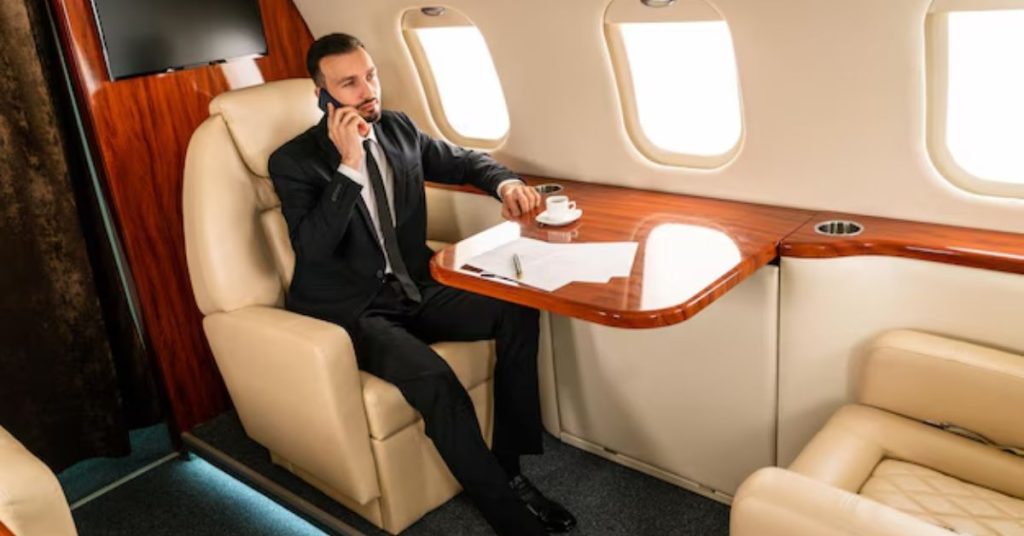
These stories are echoed throughout the industry. From celebrities hopping between cities for concerts, to entrepreneurs making back-to-back deals across continents, private jets offer more than just speed—they offer freedom. You can explore some famous celebrity private jets here.
If you’ve ever wondered “Are private jets faster than commercial jets?”, the answer extends beyond airspeed. It’s about the total experience: the ability to leave when you want, land closer to your destination, and bypass the frustrations of commercial travel.
In my experience, that combination of speed, flexibility, and comfort creates unmatched value for those who rely on time as their most precious commodity.
Final Thoughts on Are Private Jets Faster than Commercial Jets
So, are private jets faster than commercial jets? The answer, as we’ve explored, depends on how you measure speed.
In pure airspeed, private jets often match or slightly exceed commercial aircraft. But the true speed advantage lies in the overall travel experience. Private jets save valuable time through faster boarding, access to smaller airports, more direct routes, and minimal delays on the ground. For many travelers, these factors combine to make flying private not just quicker—but truly time-efficient.
Private jets transform the journey from a chore into a streamlined, flexible experience tailored to the passenger’s schedule and needs. This is why executives, celebrities, and discerning travelers worldwide consistently choose private aviation when every minute counts. Many of these travelers prefer the luxurious options found in billionaire-level private jets.
As aviation technology advances, the gap in speed and efficiency between private and commercial travel will likely widen, especially with supersonic and eco-friendly innovations on the horizon.
Ultimately, when considering “Are private jets faster than commercial jets?”, it’s important to look beyond the cockpit instruments. It’s about the whole journey — from door to door — where private jets often deliver unmatched speed, convenience, and peace of mind.
If time is your most valuable asset, flying private offers an unbeatable advantage.
We’d love to hear from you! Have you experienced flying on a private jet or a commercial flight that surprised you with its speed? Share your stories, questions, or thoughts below. Let’s start a conversation about the future of fast, flexible travel!

